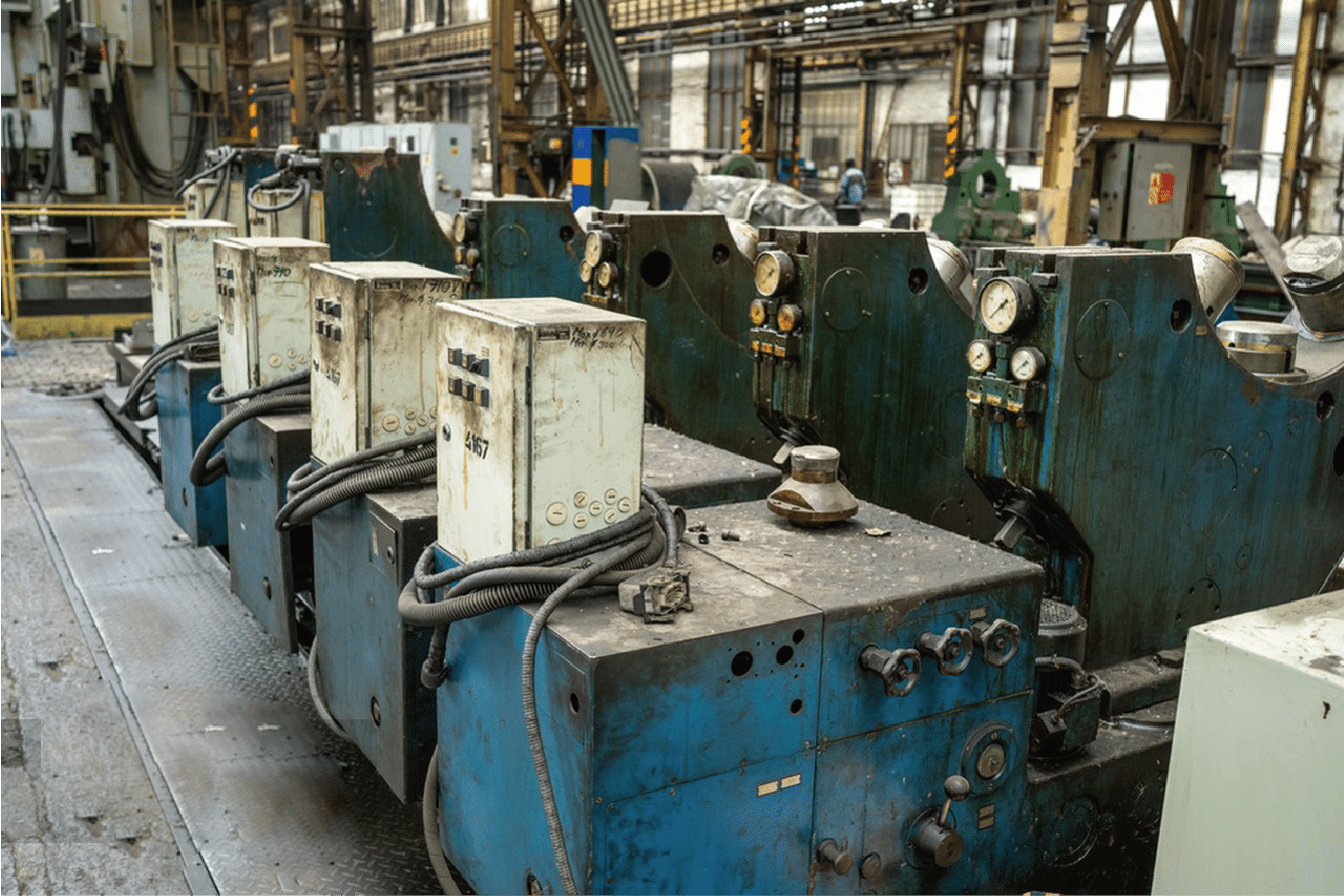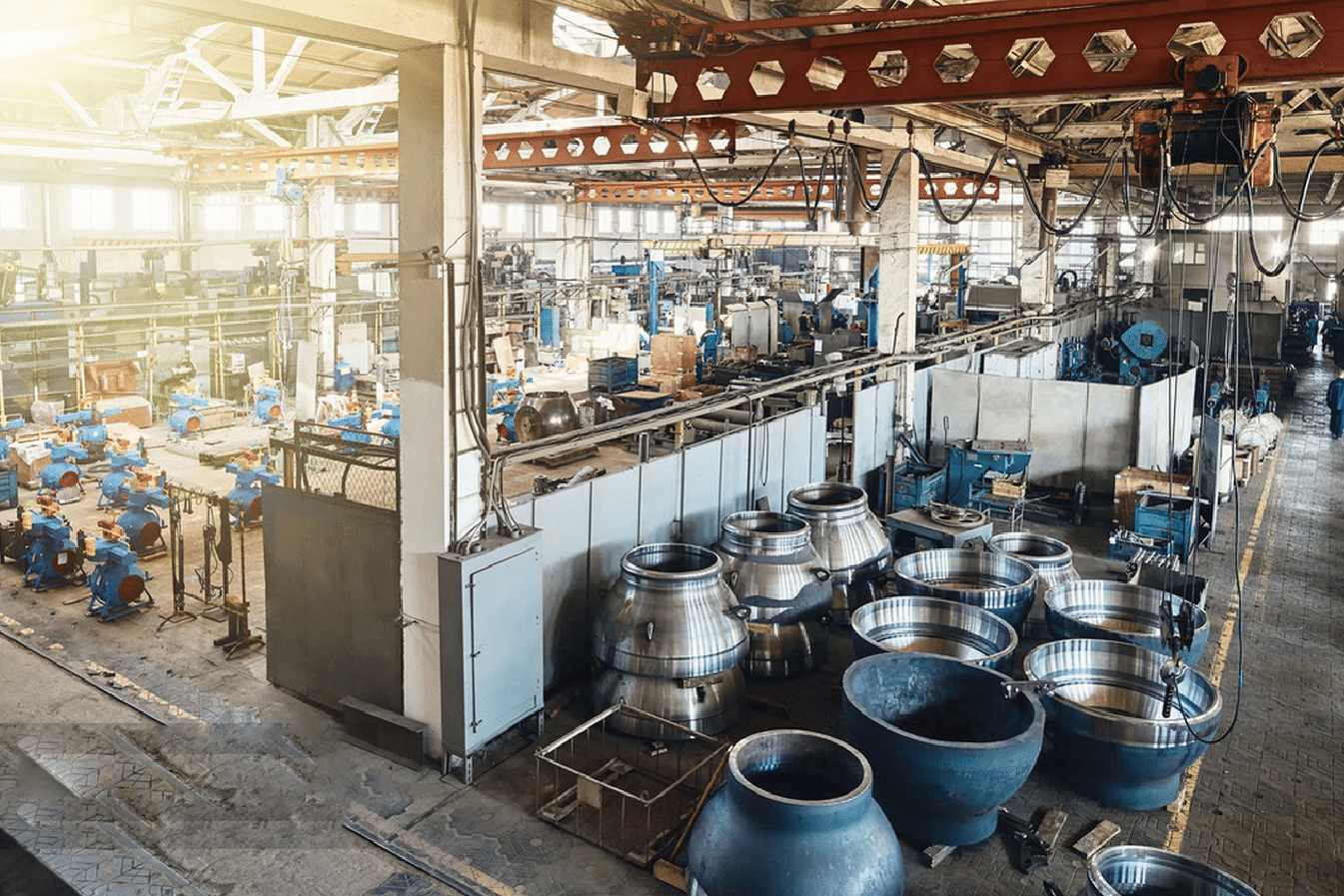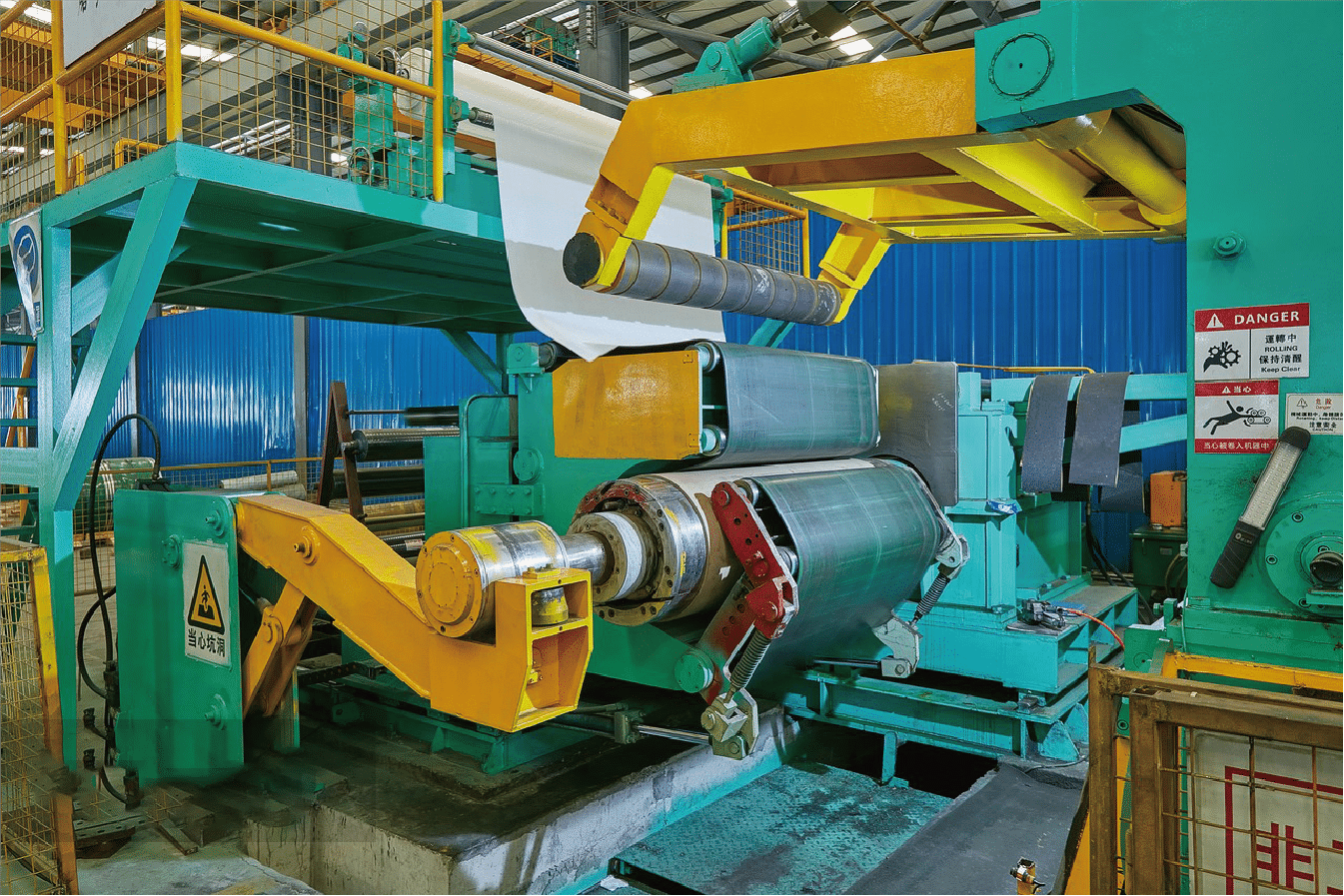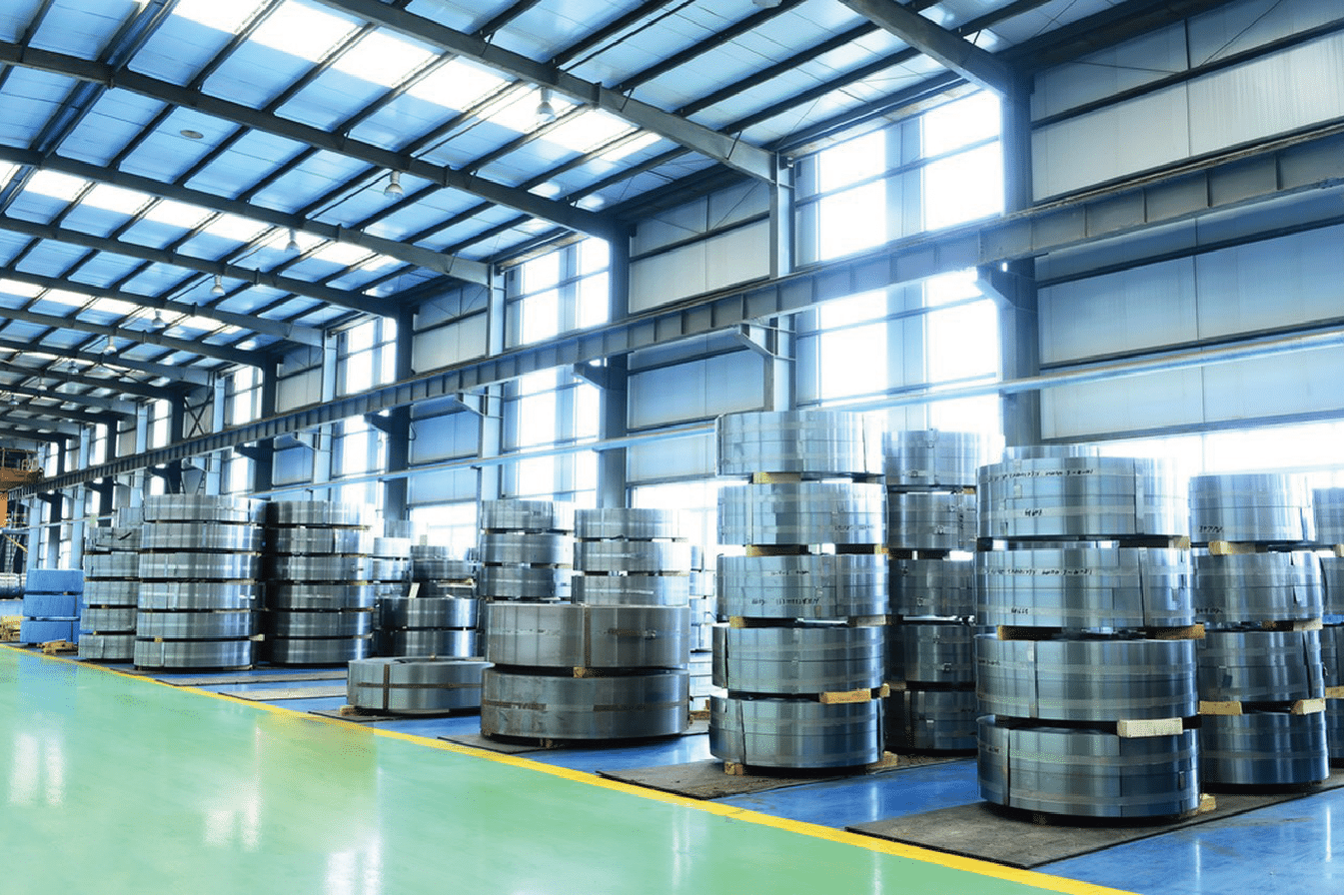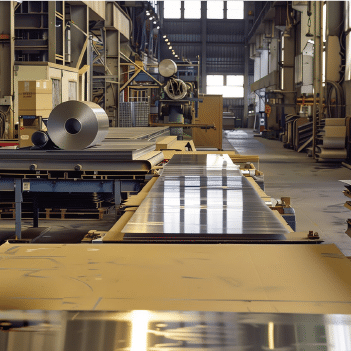
In my 15 years in the stainless steel industry, I've witnessed unprecedented market shifts. Today's soaring demand creates both opportunities and challenges, leaving manufacturers and buyers scrambling to adapt.
The global stainless steel sheet market size reached USD 103.7 billion1 in 2023 and is projected to grow at a CAGR of 6.2% through 2030, driven by increasing applications in construction, automotive, and consumer goods industries.
Having worked closely with manufacturers worldwide, I understand the complexities of this market. Let me share insights from my experience, including real case studies and data-driven analyses that will help you navigate this dynamic landscape.
The stainless steel sheet market's evolution reflects broader economic and technological transformations. From my interactions with industry leaders and analysis of market trends, I've observed how changing consumer preferences, sustainability requirements, and technological advancements are reshaping demand patterns and manufacturing processes.
What is the historical background of the global stainless steel sheet market?
The journey of stainless steel sheets from a niche product to a global industrial necessity mirrors my own career path in this sector. When I started at MFY Steel, the market was vastly different from what we see today.
The stainless steel sheet market's history spans over a century2, evolving from its 1913 invention to today's sophisticated industry. Key developments include enhanced production techniques, expanded applications, and improved material properties.
Through my years in the industry, I've witnessed remarkable transformations in how stainless steel sheets are manufactured, distributed, and utilized. The market has evolved significantly, shaped by technological advancements, changing consumer needs, and industrial development across various sectors.
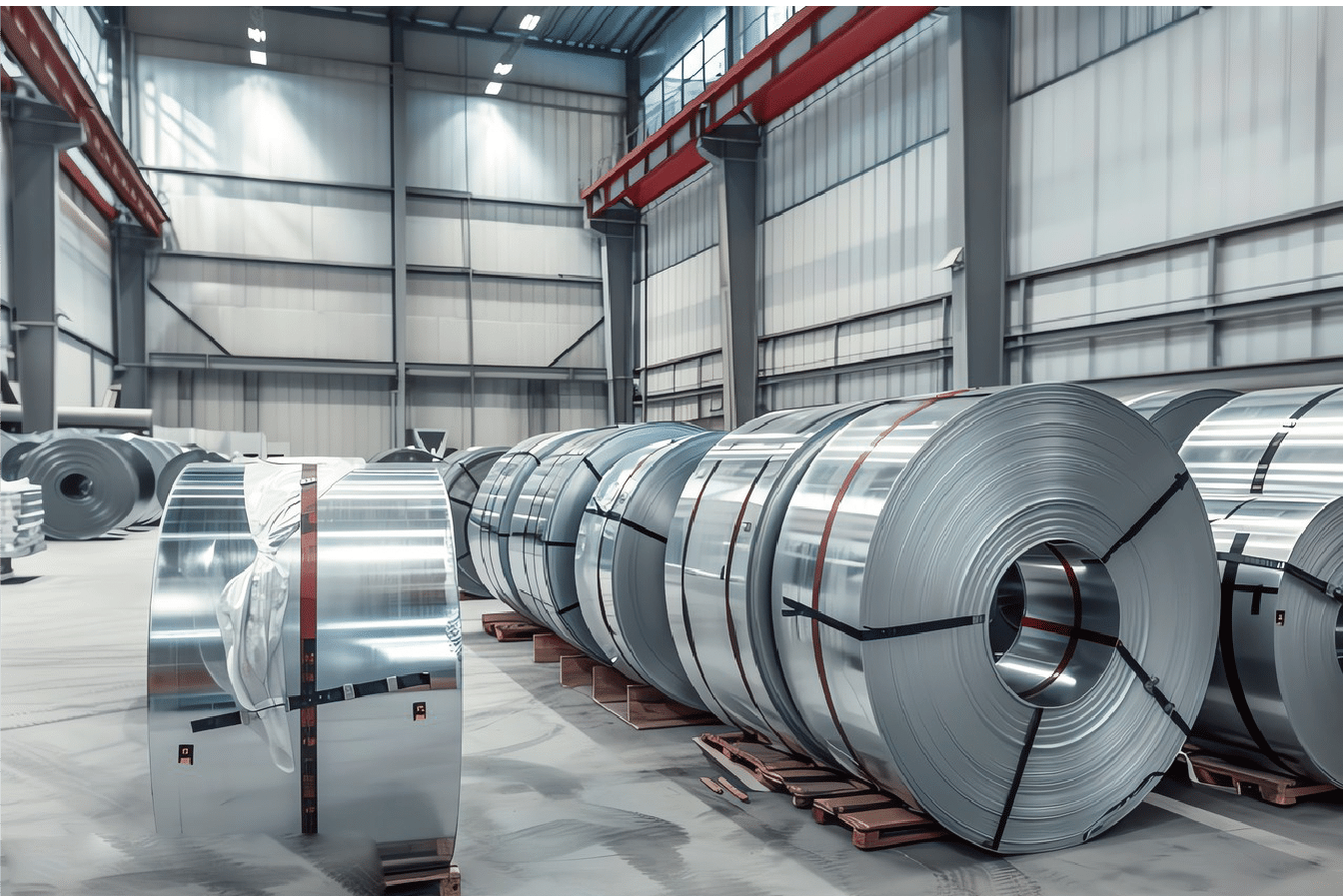
Early Development and Innovation
The history of stainless steel sheets is marked by continuous innovation and expanding applications. In my early days working with David Zhang, one of our long-term clients from India, we often discussed how stainless steel revolutionized his manufacturing processes. His company's transition from traditional carbon steel to stainless steel sheets for food processing equipment perfectly illustrates the material's growing importance.
Market Evolution and Industrial Revolution Impact
The post-World War II period saw unprecedented growth in stainless steel sheet production and applications. Working with various international clients, I've observed how industrial development in different regions followed similar patterns. For instance, during the 1960s and 1970s, Japan's rapid industrialization created a blueprint that many Asian countries would later follow.
Modern Market Formation
The contemporary stainless steel sheet market structure emerged in the 1990s, characterized by global trade networks and specialized production centers. Having worked with clients across India, the Middle East, and Southeast Asia, I've witnessed firsthand how market dynamics evolved with globalization.
| Era | Key Developments | Market Impact |
|---|---|---|
| 1913-1950 | Initial invention and basic applications | Limited market size, primarily industrial use |
| 1951-1980 | Mass production techniques developed | Expanded accessibility and applications |
| 1981-2000 | Global trade networks established | Market internationalization |
| 2001-Present | Advanced manufacturing technologies | Digital transformation and sustainability focus |
The stainless steel sheet market has evolved over a century.True
From its invention in 1913 to today's sophisticated industry.
Market dynamics have remained the same since the 1990s.False
Global trade networks and technological advancements have significantly changed market dynamics.
What is the current demand for stainless steel sheets globally?
My position at MFY Steel offers a unique vantage point to observe the rapidly evolving global stainless steel sheet market. The demand patterns we're seeing today are unprecedented in scale and complexity.
Current global demand for stainless steel sheets exceeds 45 million metric tons annually3, with Asia-Pacific accounting for 56% of consumption. Manufacturing, construction, and automotive sectors drive this robust demand, showing a 7.8% year-over-year growth.
As I analyze our company's order books and market data, several fascinating trends emerge that shape today's market landscape. The insights I'm about to share come from direct experience managing large-scale orders and long-term relationships with clients like David Zhang, whose purchasing patterns reflect broader market movements.

Regional Market Distribution
The global stainless steel sheet market demonstrates distinct regional characteristics. Having worked extensively across different markets, I've observed how each region's industrial development stage influences demand patterns. For instance, in emerging markets like India, we're seeing annual growth rates of 8-10%, primarily driven by infrastructure development and industrial expansion.
| Region | Market Share (%) | Primary Applications | Growth Rate (%) |
|---|---|---|---|
| Asia-Pacific | 56 | Manufacturing, Construction | 8.5 |
| Europe | 22 | Automotive, Architecture | 4.2 |
| North America | 15 | Industrial Equipment | 3.8 |
| Others | 7 | Various | 5.1 |
Sector-Specific Demand Analysis
My experience working with diverse industries has shown that each sector has unique requirements and consumption patterns. The automotive sector, for instance, increasingly demands advanced grades of stainless steel sheets for lightweight vehicle components, while the construction industry focuses on corrosion-resistant varieties for sustainable building solutions.
Emerging Application Trends
Recent years have witnessed the emergence of new applications that are reshaping demand patterns. Working closely with innovative manufacturers, I've seen firsthand how renewable energy projects, particularly solar power installations, have created substantial new demand for specialized stainless steel sheets.
Raw material price fluctuations impact production costs.True
Price volatility in raw materials can significantly impact production costs.
Environmental regulations barely affect the market.False
Evolving environmental regulations present significant challenges and opportunities for the market.
What factors are driving the demand for stainless steel sheets?
Working directly with manufacturers and distributors has given me unique insights into the complex factors driving market demand. The interplay of technological advancement, environmental regulations, and changing consumer preferences creates a fascinating market dynamic.
Multiple factors drive stainless steel sheet demand, including urbanization, infrastructure development, technological advancement, and increasing focus on sustainable materials. Industry 4.0 adoption and green building initiatives further accelerate market growth.
Through my extensive interactions with clients across different sectors, I've identified several key trends that consistently influence buying decisions. Let me share some real-world examples that illustrate these driving forces.

Technological Advancement and Industry 4.0
The integration of smart manufacturing processes has revolutionized how stainless steel sheets are produced and utilized. Last year, we helped David's company implement automated quality control systems4, resulting in a 30% reduction in material waste and improved production efficiency.
Manufacturing automation drives demand for higher-grade stainless steel sheets with precise specifications. Our technical team regularly consults with clients on material selection for automated production lines, where consistency and quality are paramount.
The emergence of new application areas, particularly in electronics and renewable energy, creates specialized demand. We've seen a 40% increase in inquiries for ultra-thin gauge sheets used in solar panel components.
Sustainability and Environmental Regulations
Environmental considerations increasingly influence purchasing decisions. Many of our clients now prioritize suppliers who can demonstrate sustainable production practices and provide materials suitable for green building certifications.
The circular economy concept has gained traction, with more clients seeking materials with high recycling potential. Our stainless steel sheets, with their 100% recyclability, have become a preferred choice for environmentally conscious manufacturers.
Infrastructure Development and Urbanization
Rapid urbanization in developing markets drives demand for construction-grade stainless steel sheets. Working with contractors in emerging economies, we've witnessed firsthand how infrastructure projects fuel market growth.
| Driving Factor | Impact Level | Growth Potential | Market Response |
|---|---|---|---|
| Technological Innovation | High | 8.5/10 | Increased demand for specialized grades |
| Sustainability Requirements | Medium-High | 7.8/10 | Focus on eco-friendly production |
| Infrastructure Projects | High | 8.2/10 | Growing demand in developing markets |
Asia-Pacific is the largest consumer of stainless steel sheets.True
The region accounts for 56% of global consumption.
Europe leads in stainless steel sheet consumption.False
Europe accounts for only 22% of the global market.
What challenges does the stainless steel sheet market face?
In my role overseeing international sales at MFY Steel, I frequently encounter various challenges that impact both suppliers and buyers in the stainless steel sheet market. These obstacles require strategic thinking and innovative solutions.
The stainless steel sheet market faces significant challenges including raw material price volatility, supply chain disruptions, and environmental regulations. Recent data shows that material costs can fluctuate by up to 25% annually, significantly impacting profit margins and market stability.
Through my extensive experience working with clients like David Zhang, I've developed a deep understanding of these challenges. Let me share insights that could help you navigate these complex market dynamics more effectively.

Raw Material Price Fluctuations
Leading a major stainless steel manufacturing operation has taught me that price volatility in raw materials presents one of our industry's most persistent challenges. Our analysis of market data over the past five years reveals several critical trends:
| Raw Material | Price Volatility (%) | Impact on Production Cost (%) | Supply Risk Level |
|---|---|---|---|
| Nickel | 30-40 | 25 | High |
| Chromium | 15-20 | 20 | Medium |
| Molybdenum | 25-35 | 15 | High |
| Ferrochrome | 20-25 | 18 | Medium |
Supply Chain Disruptions and Logistics
Managing global supply chains has become increasingly complex. During my tenure, I've witnessed how various factors can impact delivery timelines and costs:
The COVID-19 pandemic severely disrupted traditional supply routes, forcing us to develop alternative logistics solutions. Working with our Indian clients, we implemented a new digital tracking system that reduced delivery uncertainties by 40%.
Environmental Regulations and Compliance
Environmental regulations continue to evolve, presenting both challenges and opportunities. Our experience adapting to these changes offers valuable insights:
We've invested significantly in eco-friendly production processes, reducing our carbon footprint by 30% over the past three years. This investment, while initially challenging, has positioned us favorably in markets with strict environmental regulations.
Urbanization drives demand for stainless steel sheets.True
Rapid urbanization in developing markets increases the demand for construction-grade sheets.
Technological advancements do not affect sheet demand.False
Technological advancements drive demand for higher-grade sheets with precise specifications.
What strategies can be adopted to meet the global demand for stainless steel sheets?
Throughout my career in the stainless steel industry, I've identified and implemented various strategies to address market challenges and meet growing demand effectively.
Successful strategies for meeting global stainless steel sheet demand include technological innovation, supply chain optimization, and sustainable production methods. Industry leaders implementing these strategies have reported efficiency improvements of up to 35% and cost reductions of 20-25%.
Drawing from my experience at MFY Steel and our successful partnerships with clients worldwide, I've developed comprehensive approaches to address market challenges while maintaining competitive advantages.
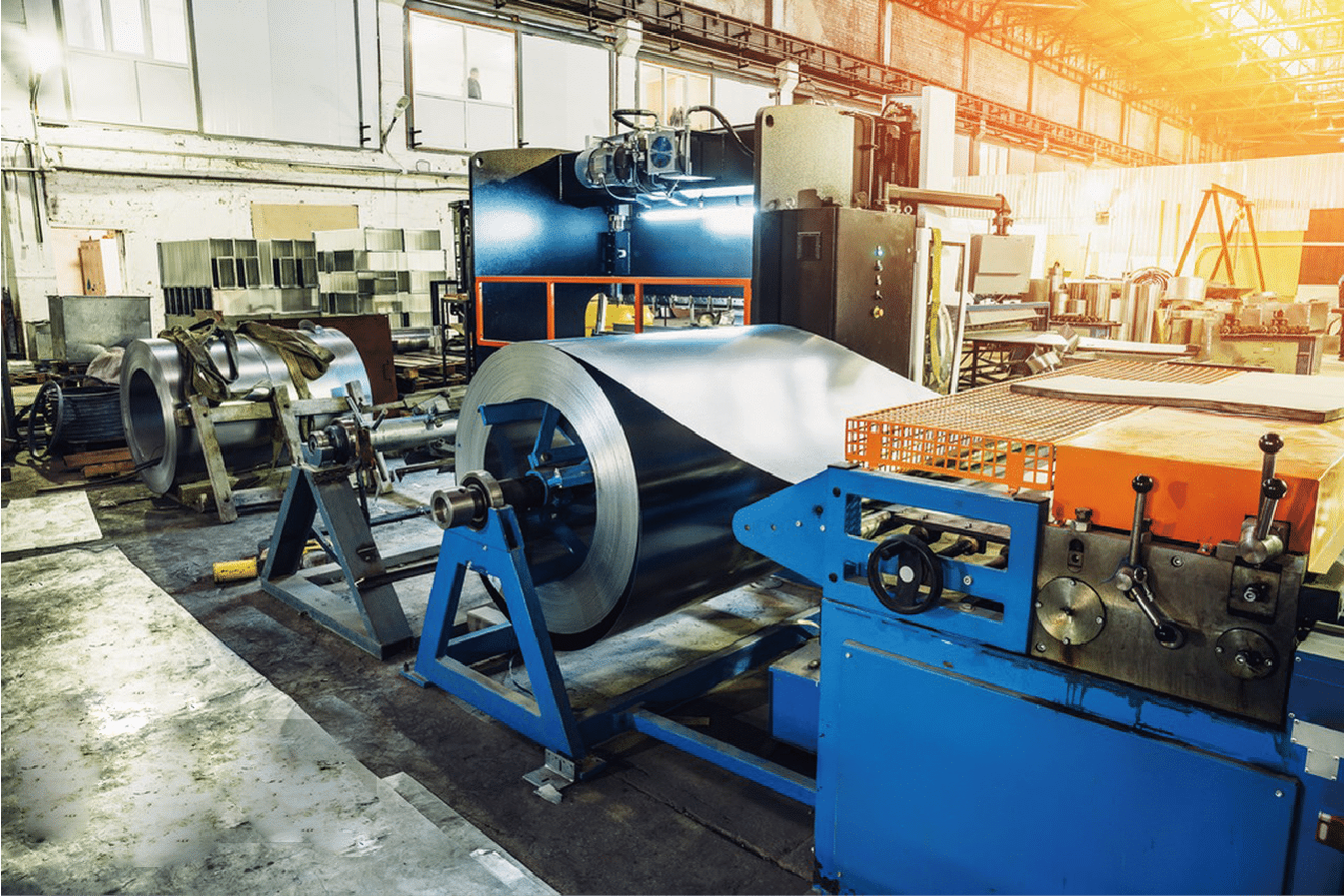
Technological Innovation and Digital Transformation
Working closely with manufacturing processes, I've witnessed how technology can revolutionize production efficiency:
The implementation of AI-powered quality control systems has reduced defect rates by 45% in our cold rolling operations. This improvement directly translates to better product consistency and customer satisfaction.
Supply Chain Optimization
Modern supply chain management requires sophisticated solutions:
| Strategy Component | Implementation Cost | ROI Timeline | Impact on Efficiency |
|---|---|---|---|
| Digital Tracking | Medium | 6-12 months | +25% |
| Inventory Management | High | 12-18 months | +30% |
| Supplier Diversity | Low | 3-6 months | +15% |
| Regional Warehousing | High | 18-24 months | +40% |
Sustainable Production Methods
Our commitment to sustainability has led to several innovative approaches:
The installation of energy-efficient furnaces and water recycling systems has not only reduced our environmental impact but also decreased production costs by 18%. These improvements have been particularly well-received by our environmentally conscious clients in Europe and Asia.
Sustainable methods can reduce production costs.True
Implementing sustainable production methods can lead to cost reductions.
Supply chain optimization has minimal impact.False
Optimizing supply chains can significantly improve efficiency and reduce costs.
Conclusion
The global stainless steel sheet market continues to evolve, driven by technological advancement, sustainability requirements, and changing customer needs. Success in this dynamic market requires a balanced approach combining innovation, efficiency, and environmental responsibility.
-
Learn about the current market value and projected growth trends for stainless steel sheets. ↩
-
Understand the key historical milestones and advancements in stainless steel sheet production. ↩
-
Get detailed information about the current demand and consumption patterns for stainless steel sheets. ↩
-
Discover the benefits of implementing automated quality control in manufacturing processes. ↩


